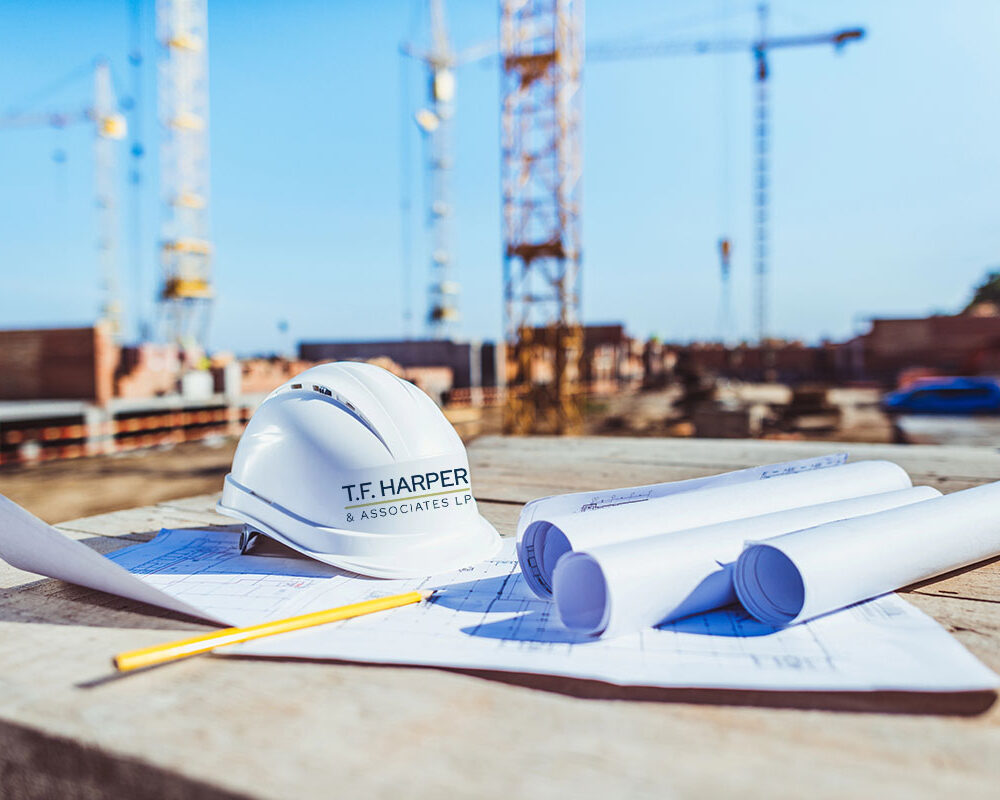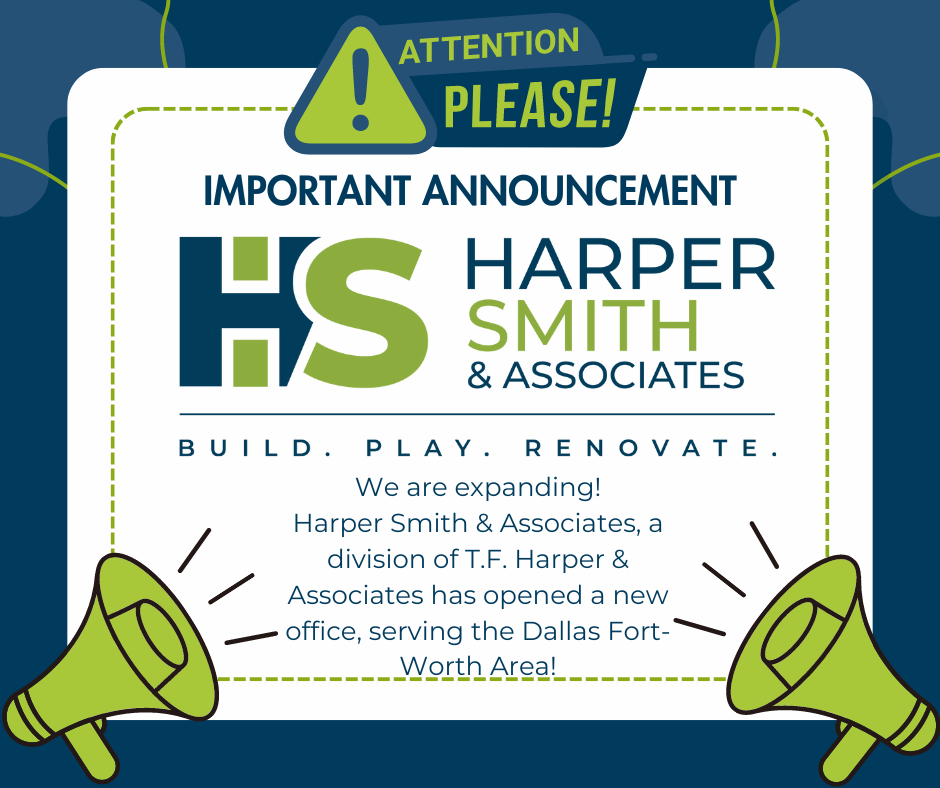A construction manager at-risk contract (often referred to as a CMAR or CM@risk) is a type of building contract gaining popularity with contractors and owners alike. This type of contract removes the uncertainty involved in traditional contracts for owners, as it shifts most risks to the contractor.
It’s important to look at how these types of contracts work, so we’ll look at both sides and help you decide if this option is suitable for your next project.
Pros of CM At-Risk for Owners
CM@risk contracts help reduce the owner’s potential overall risks. Each contract outlines a Guaranteed Maximum Price, which is reassuring when it comes to having a project completed within a known, predictable budget. Any cost over this GMP is covered by the by the CMAR.
If a construction manager is brought on at the beginning of the project they can work Architect-Engineer and the owner to help specify the scope of the project and facilitate communication between all vested parties.
Later in the project, a CM can be an on-site manager and serve as a liaison, and can perform other important tasks such as closing out contracts and creating and storing permits, inspection documents, etc.
These contracts often help avoid construction delays, as the CM can make more decisions to help keep the schedule on track to be completed on time.
This relationship creates a high level of cost control and provides extra accountability, while keeping budget discussions open with the owner and others involved in the project.
Cons of CM At-Risk for Owners
CM@risk may not be the best choice for smaller projects. When projects are being planned, it can be difficult to figure out the precise scope of work necessary and the final Guaranteed Maximum Price.
If the CM is brought onto a project too late, the architectural team may not accept the input from the CM. If blueprints are incomplete or need to be fixed for accuracy, the necessary changes can drive up costs.
Because of extra considerations, planning, and room for changes, a CM@risk contract may wind up costing more than other types of agreements. However, with a GMP that helps limit excess costs, the safety provided to the owner may be worth the trade off.
If any contract documents have inconsistencies or are missing important factors, the owner may be liable for these excess costs. This may make an owner feel like they’re not getting the best price or the price they initially agreed upon.
Conclusion
Construction Manager at Risk is one of the most widely used forms of construction management in most states in the U.S., and for good reason. While it does have its advantages and disadvantages, it offers a lot of protection and benefits for the owners/clients in need of construction work. If you’re needing a small project completed, CM@risk may not be the best option, but if you’re needing a mid-sized or large-scale project, CMAR can help set a known budget and keep things more on track to ensure timely completion.







